University Profiles
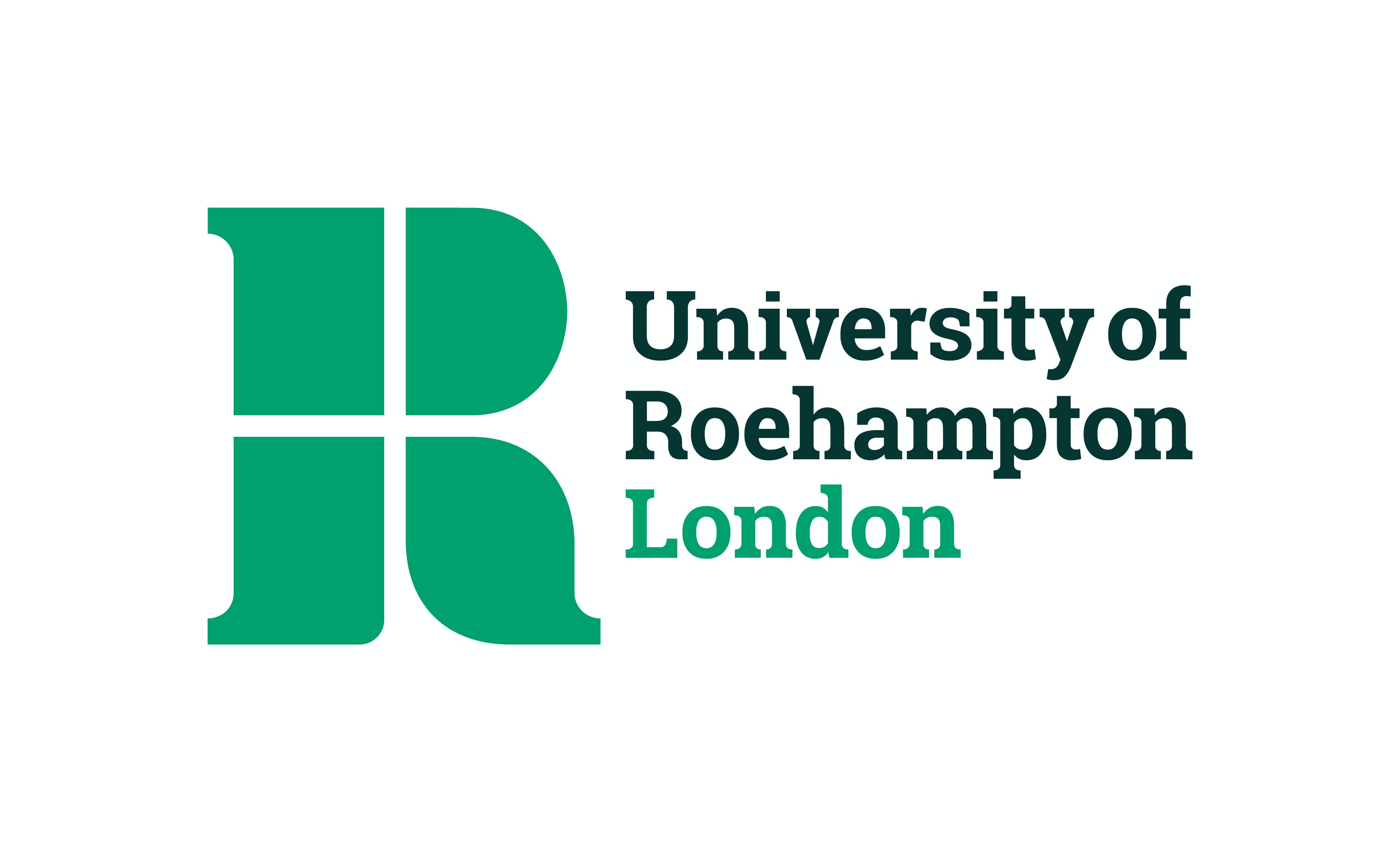
University of Roehampton London
The University of Roehampton, London, formerly Roehampton Institute of Higher Education, is a public university in the United Kingdom, situated on three major sites in Roehampton, in the London Borough of Wandsworth. Roehampton was formerly an equal partner, along with the University of Surrey, in the now-dissolved Federal University of Surrey. In 2004, Roehampton became a university. In 2011, it was renamed the University of Roehampton. The university is one of the post-1992 universities.
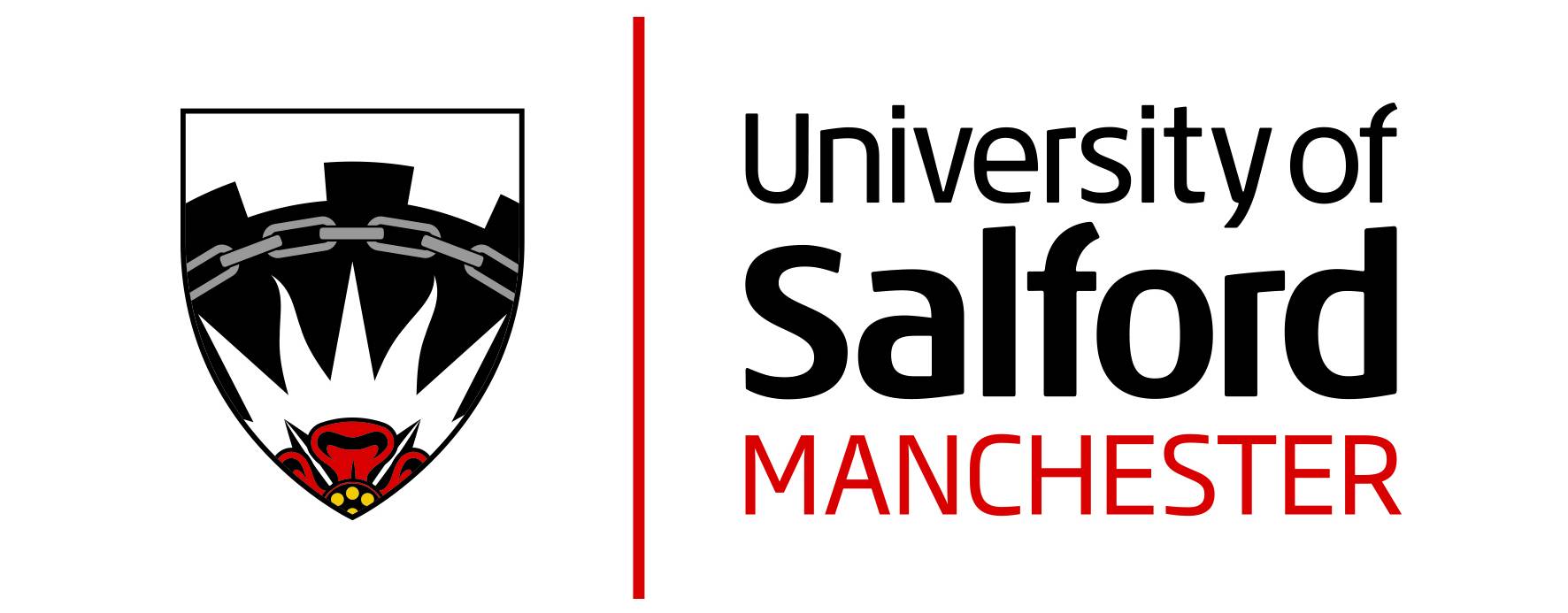
University Of Salford
The University of Salford is a public university in Salford, Greater Manchester, England, 1 mile (1.6 kilometres) west of Manchester city centre. The Royal Technical Institute, Salford, which opened in 1896, became a College of Advanced Technology in 1956 and gained university status in 1967, following the Robbins Report into higher education.
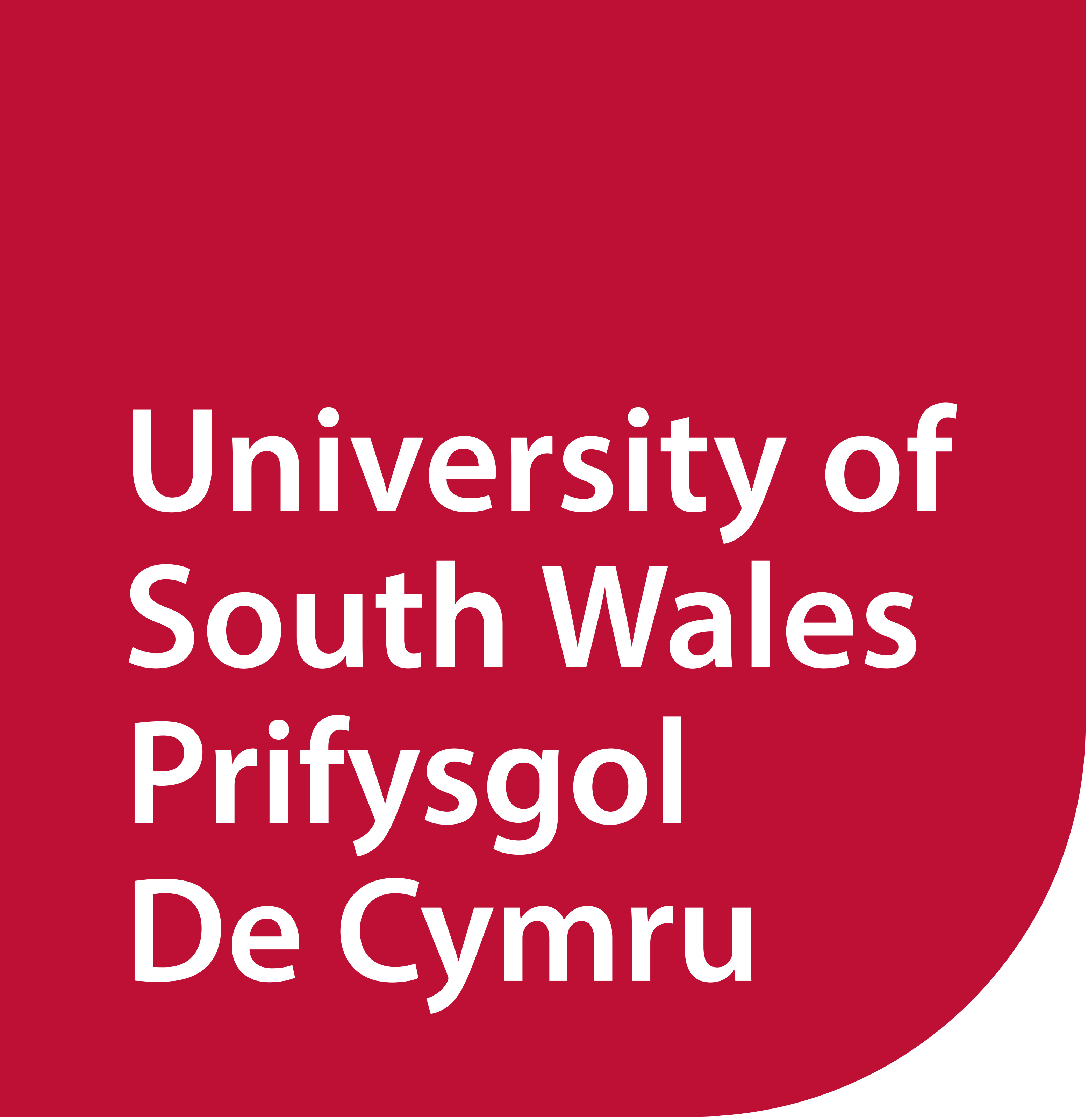
University of South of Wales
The university can trace its roots to the founding of the Newport Mechanics' Institute in 1841. The Newport Mechanics' Institute later become the University of Wales, Newport. In 1913 the South Wales and Monmouthshire School of Mines was formed.The school of mines was later to become the Polytechnic of Wales, before gaining the status of University of Glamorgan in 1992.

University of South Wales
Discover the University of South Wales’ top courses, tuition fees, rankings & admission details. Apply now for your preferred program!
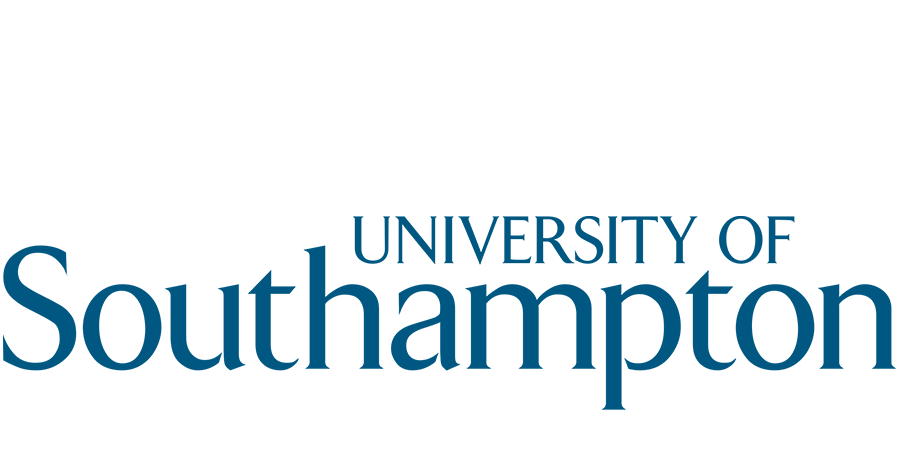
University of Southampton
The University of Southampton (abbreviated as Soton in post-nominal letters) is a public research university in Southampton, England. Southampton is a founding member of the Russell Group of research-intensive universities in the United Kingdom, and ranked in the top 100 universities in the world.

University of Stirling
The University of Stirling (Scots: University o Stirlin, Scottish Gaelic: Oilthigh Shruighlea (abbreviated as Stir or Shruiglea, in post-nominals) is a public university in Stirling, Scotland, founded by Royal Charter in 1967. It is located in the Central Belt of Scotland, built within the walled Airthrey Castle estate.
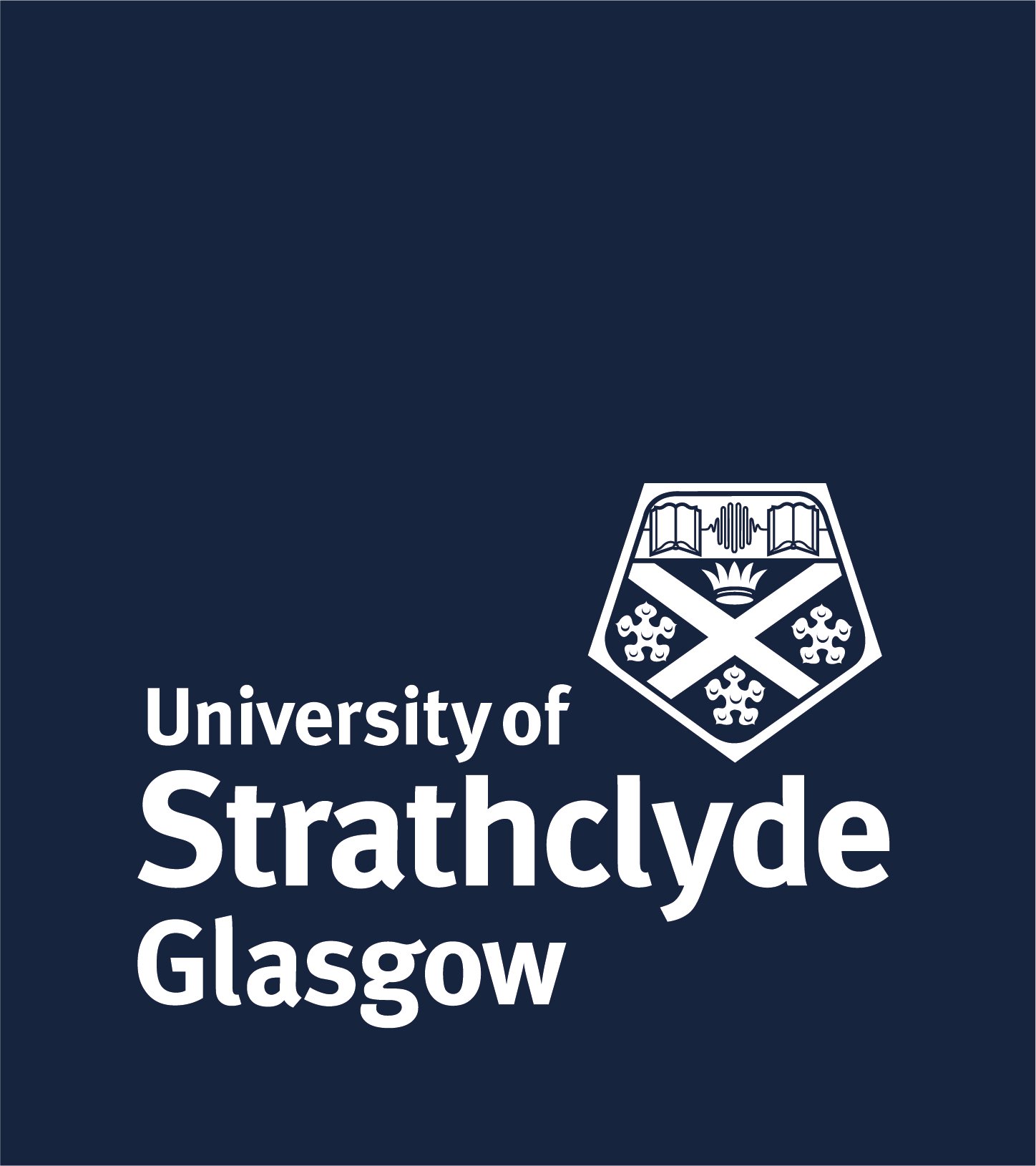
University of Strathclyde
The University of Strathclyde (Scottish Gaelic: Oilthigh Shrath Chluaidh) is a public research university located in Glasgow, Scotland. Founded in 1796 as the Andersonian Institute, it is Glasgow's second-oldest university, having received its royal charter in 1964 as the first technological university in the United Kingdom. Taking its name from the historic Kingdom of Strathclyde, it is Scotland's third-largest university by number of students, with students and staff from over 100 countries.

University of Suffolk
The University of Suffolk is a public university situated in Suffolk and Norfolk, England. The modern university was established in 2007 as University Campus Suffolk (UCS), the institution was founded as a unique collaboration between the University of East Anglia and the University of Essex.[2] The university's current name was adopted after it was granted independence in 2016 by the Privy Council and was awarded university status.[3][4][5][6]
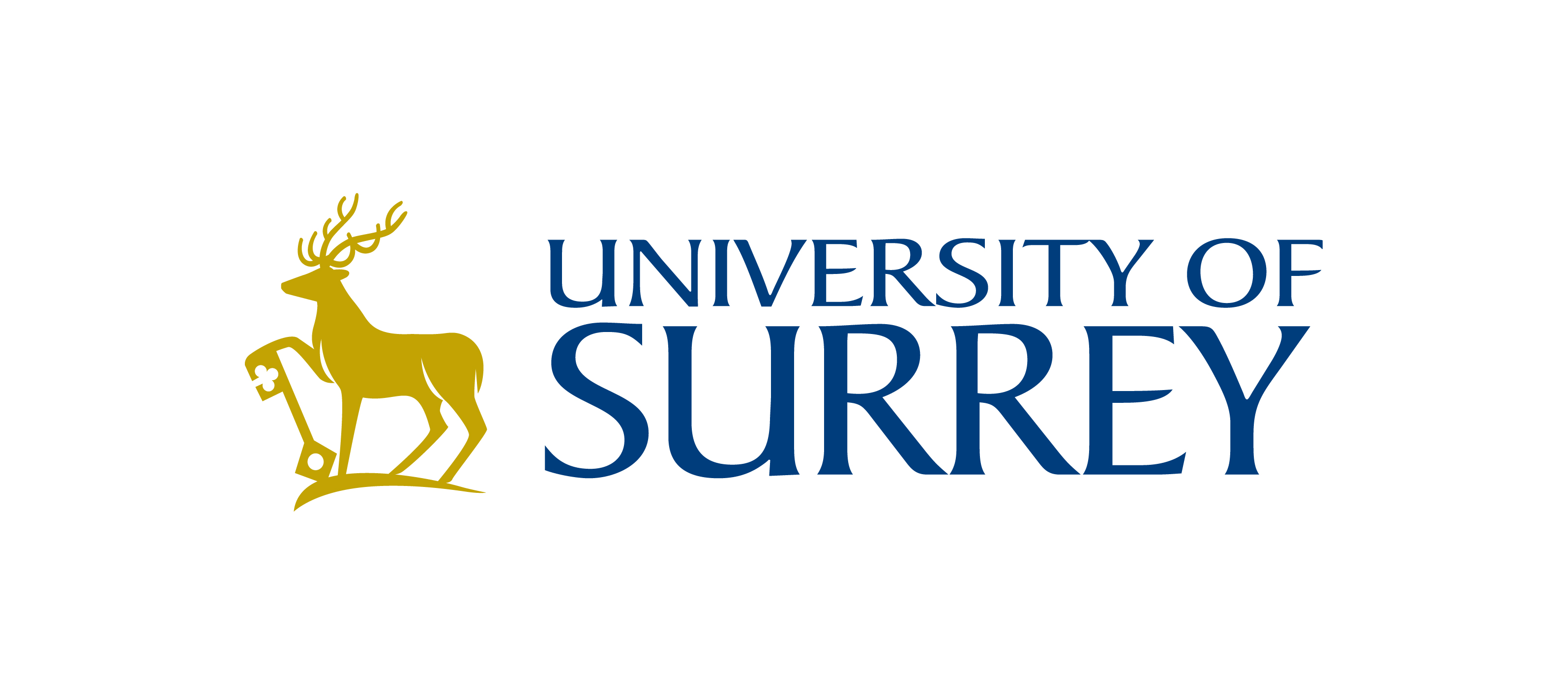
University of Surrey
<br /> <quillbot-extension-portal></quillbot-extension-portal>

University of Sussex
The University of Sussex is a public research university located in Falmer, East Sussex, England, it is mostly within the city boundaries of Brighton and Hove but spills into the Lewes District in its eastern fringe. Its large campus site is surrounded by the South Downs National Park and is around 5.5 kilometres (3.4 mi) from central Brighton.

University of the West of England
Explore the University of the West of England’s courses, tuition fees, rankings & admission process. Find your ideal program & apply now!
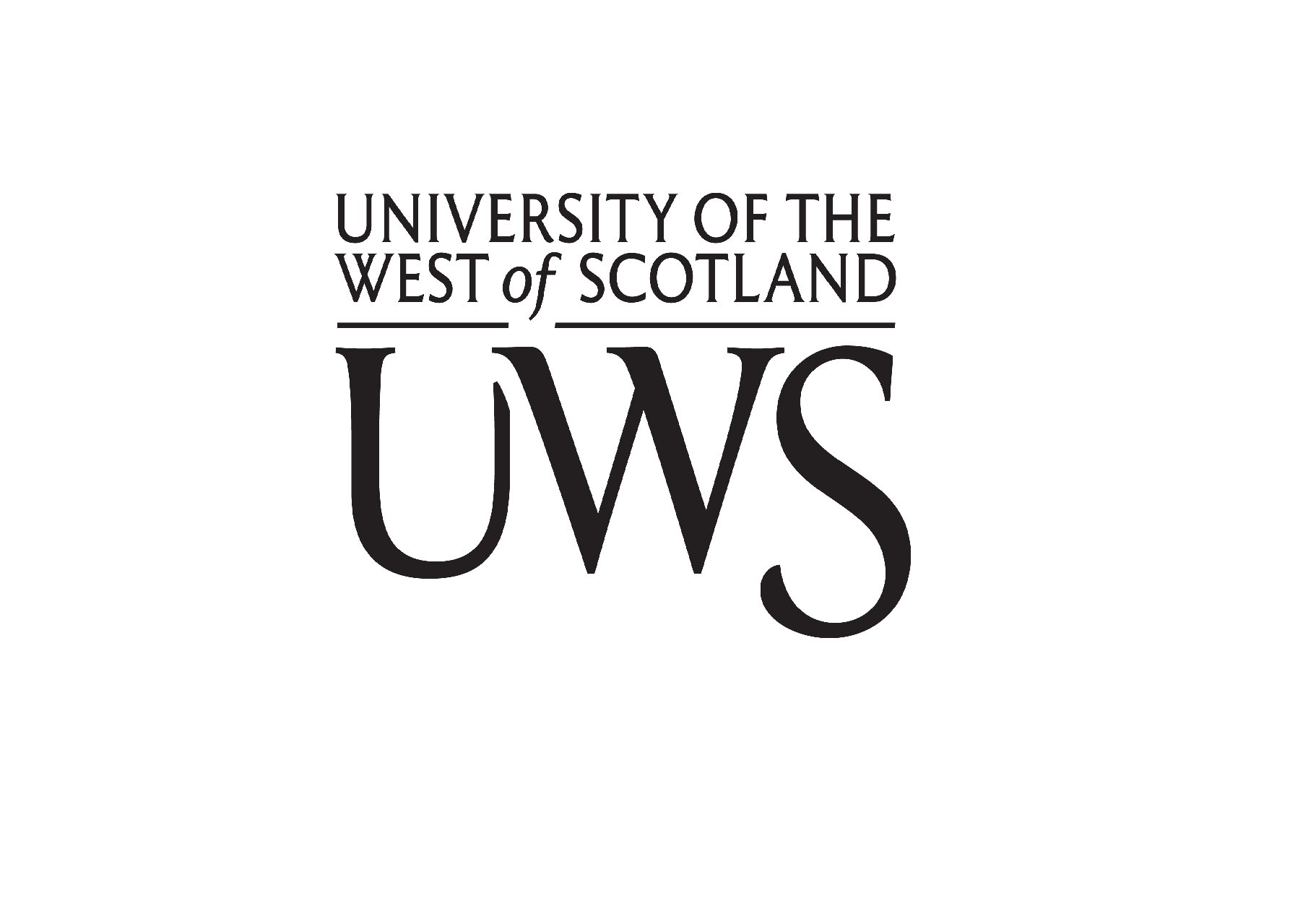
University of the West of Scotland
The University of the West of Scotland (Scottish Gaelic: Oilthigh na h-Alba an Iar), formerly the University of Paisley, is a public university with four campuses in south-western Scotland, in the towns of Paisley, Blantyre, Dumfries and Ayr, as well as a campus in London, England. The present institution dates from August 2007, following the merger of the University of Paisley with Bell College, Hamilton. It can trace its roots to the late 19th century, and has undergone numerous name changes and mergers over the last century, reflecting its gradual expansion throughout the west of Scotland region.
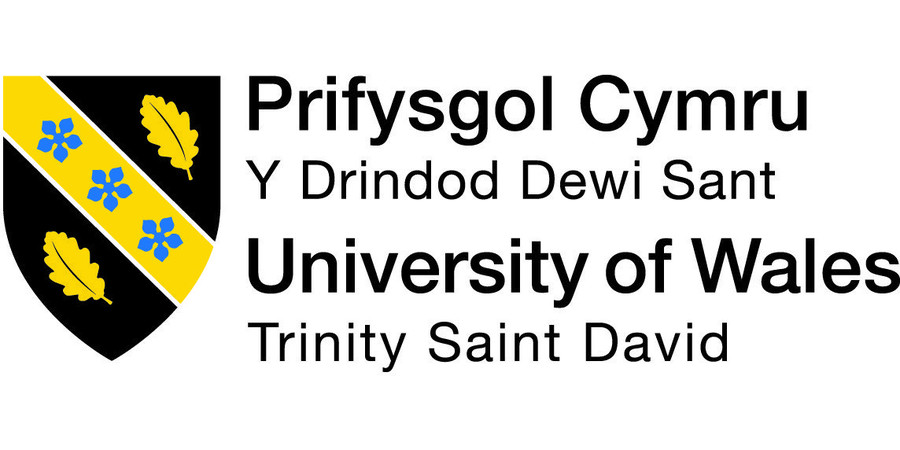
University of Wales Trinity Saint David
The University of Wales Trinity Saint David (Welsh: Prifysgol Cymru Y Drindod Dewi Sant) is a multi-campus university with three main campuses in South West Wales, in Carmarthen, Lampeter and Swansea, a fourth campus in London, England, and learning centres in Cardiff, Wales, and Birmingham, England.

University of Warwick
The University of Warwick (/ˈwɒrɪk/ WORR-ik; abbreviated as Warw. in post-nominal letters[4]) is a public research university on the outskirts of Coventry between the West Midlands and Warwickshire, England.[5] The university was founded in 1965 as part of a government initiative to expand higher education. The Warwick Business School was established in 1967, the Warwick Law School in 1968, Warwick Manufacturing Group (WMG) in 1980, and Warwick Medical School in 2000. Warwick incorporated Coventry College of Education in 1979 and Horticulture Research International in 2004. Warwick is primarily based on a 290 hectares (720 acres) campus on the outskirts of Coventry, with a satellite campus in Wellesbourne and a central London base at the Shard. It is organised into three faculties—Arts, Science Engineering and Medicine, and Social Sciences—within which there are 32 departments. As of 2019, Warwick has around 26,531 full-time students and 2,492 academic and research staff.[2] It had a consolidated income of £703.7 million in 2020/21, of which £139.8 million was from research grants and contracts.[1] Warwick Arts Centre is a multi-venue arts complex in the university's main campus and is the largest venue of its kind in the UK, which is not in London. Warwick has an average intake of 4,950 undergraduates out of 38,071 applicants (7.7 applicants per place).[6] Warwick is a member of AACSB, the Association of Commonwealth Universities, the Association of MBAs, EQUIS, the European University Association, the Midlands Innovation group, the Russell Group, Sutton 13 and Universities UK. It is the only European member of the Center for Urban Science and Progress, a collaboration with New York University. The university has extensive commercial activities, including the University of Warwick Science Park and Warwick Manufacturing Group. Warwick's alumni and staff include winners of the Nobel Prize, Turing Award, Fields Medal, Richard W. Hamming Medal, Emmy Award, Grammy, and the Padma Vibhushan, and are fellows to the British Academy, the Royal Society of Literature, the Royal Academy of Engineering, and the Royal Society. Alumni also include heads of state, government officials, leaders in intergovernmental organisations, and the current chief economist at the Bank of England. Researchers at Warwick have also made significant contributions such as the development of penicillin, music therapy, Washington Consensus, second-wave feminism, computing standards, including ISO and ECMA, complexity theory, contract theory, and the International Political Economy as a field of study.
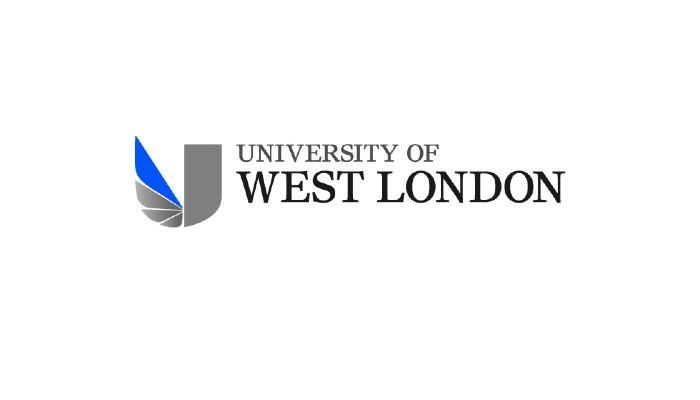
University of West London
The University of West London (UWL) is a public research university in the United Kingdom which has campuses in Ealing and Brentford in Greater London, as well as in Reading, Berkshire.

University Of Wolverhampton
The University of Wolverhampton is a public university located on four campuses across the West Midlands, Shropshire and Staffordshire in England. The roots of the university lie in the Wolverhampton Tradesmen's and Mechanics' Institute founded in 1827 and the 19th-century growth of the Wolverhampton Free Library (1870), which developed technical, scientific, commercial and general classes. This merged in 1969 with the Municipal School of Art, originally founded in 1851, to form the Wolverhampton Polytechnic.
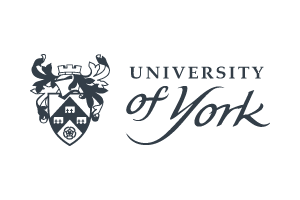
University Of York
The University of York[6] (abbreviated as Ebor or York for post-nominals) is a collegiate research university, located in the city of York, England. Established in 1963, the university has expanded to more than thirty departments and centres, covering a wide range of subjects.

Warwick Manufacturing Group & Warwick
WMG (formerly known as Warwick Manufacturing Group) is an academic department at the University of Warwick, England, providing research, education and knowledge transfer in engineering, management, manufacturing and technology. The group provides taught and research degrees for postgraduate students, degree apprenticeships, and undergraduate courses at the University of Warwick campus. WMG is one of the largest academic departments of the university and is known for its collaborative research and education programmes with industry.

West of England University
The University of the West of England, Bristol (UWE Bristol) is a public research university, located in and around Bristol, England, which received university status in 1992.[2] In common with the University of Bristol and University of Bath, it can trace its origins to the Merchant Venturers' Technical College, founded as a school in 1595 by the Society of Merchant Venturers.[3][4]

Westminster University
The University of Westminster is a public research university based in London, United Kingdom. Founded in 1838 as the Royal Polytechnic Institution, it was the first polytechnic to open in London.[3] The Polytechnic formally received a Royal charter in August 1839, and became the University of Westminster in 1992.[4]
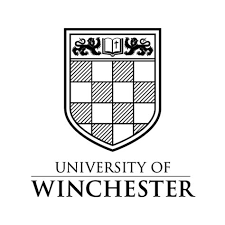
Winchester University
The University of Winchester is a public research university based in the city of Winchester, Hampshire, England. The university has origins tracing back to 1840,[2] but was established in 2005.

York St John University
York St John University (originally established as York Diocesan College), often abbreviated to YSJ, is a public university located on a large urban campus in York, England. Established in 1841, it achieved university status in 2006 and in 2015 the university was given research degree awarding powers for PhD and doctoral programmes.
